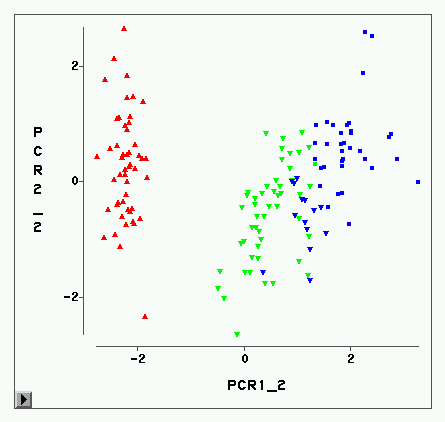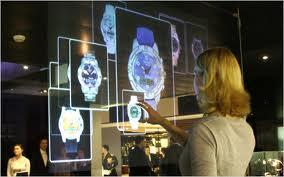Social touch provides a rich non-verbal communication channel between humans and robots. Prior work has identified a set of touch gestures for human-robot interaction and described them with natural language labels (e.g., stroking, patting). Yet, no data exists on the semantic relationships between the touch gestures in users' minds. To endow robots with touch intelligence, we investigated how people perceive the similarities of social touch labels from the literature. In an online study, 45 participants grouped 36 social touch labels based on their perceived similarities and annotated their groupings with descriptive names. We derived quantitative similarities of the gestures from these groupings and analyzed the similarities using hierarchical clustering. The analysis resulted in 9 clusters of touch gestures formed around the social, emotional, and contact characteristics of the gestures. We discuss the implications of our results for designing and evaluating touch sensing and interactions with social robots.
翻译:社交触摸提供了人与机器人之间丰富的非语言交流渠道。先前的研究已经确定了一组用于人机交互的触碰手势,并用自然语言标签描述了它们(例如,抚摸,拍打)。然而,目前没有数据可以说明用户心中这些触碰手势的语义关系。为了赋予机器人触摸智能,我们研究了人们感知文献中社交触摸标签的相似性。在线研究中,45名参与者基于他们所感知到的相似性对36个社交触碰标签进行了分组,并用描述性名称注释了它们的分组。我们从这些分组中推导出手势之间的量化相似性,并使用层次聚类进行分析。该分析导致了9个围绕手势的社交,情感和接触特征形成的簇。我们讨论了结果的结果对于设计和评估触摸传感器以及与社交机器人的相互作用的影响。



